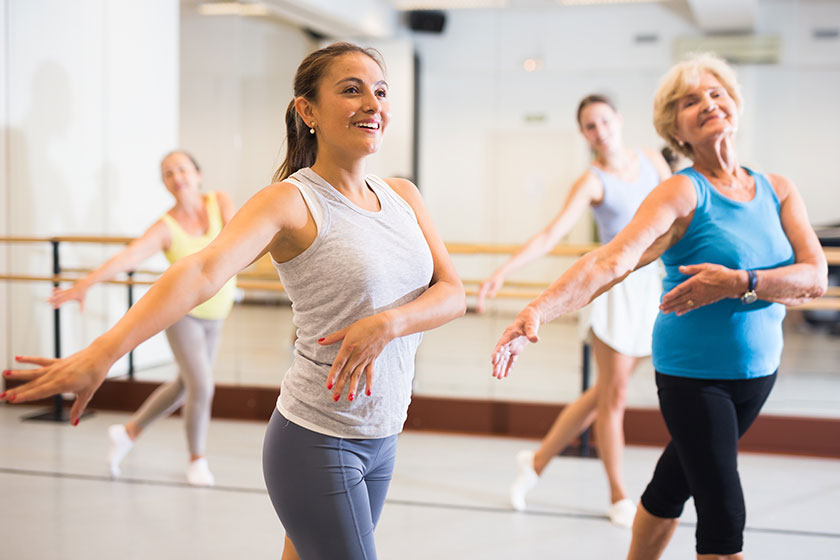Have you ever tried to do something that’s considered difficult? Like, say, learning a new language or playing an instrument? You might find it hard at first, but it becomes easier once you get the hang of it.
This is because your brain starts to “rewire” itself as you practice more and more. Practicing something regularly—like dancing—helps your brain form new connections between cells to communicate better.
Dancing programs are an excellent activity for seniors with dementia. It helps them maintain their strength and mobility, which are essential for their quality of life. In addition, dancing can help older adults with dementia in many other ways.
Dancing Is Fun and Helps You Build Your Strength
Not one person can say they don’t enjoy dancing, even the grouchiest people out there. It’s an excellent way to spend time with friends, family, and loved ones while also doing something beneficial for yourself at the same time. Studies have shown that people who participate in regular physical activities such as dancing tend to live longer than those who don’t. So go out there and shake your tailfeather!
It Can Be a Social Activity
You can also involve your loved one in dancing as a social activity. Dancing with others is an excellent way to spend time together, which will help keep them engaged and happy. Maybe you’re not sure about how to start. There are plenty of classes that cater specifically to older adults with dementia.
These programs have expert instructors who work with people who have memory loss issues. As such, they can help your loved one feel comfortable during the class. They’ll also make sure they won’t confuse your loved one over the steps or moves that might seem unfamiliar at first glance.
Dancing Improves Balance and Coordination
Dancing is a great way to improve balance and coordination. When you’re dancing, your body is constantly moving and changing direction. This helps keep the muscles in your body strong, which can help prevent falls that cause injuries or even death.
Dancing also helps with mental acuity by keeping the mind active and engaged in what’s happening around them. This might be an area dementia patients often have trouble doing independently without external stimuli (like music).
It Doesn’t Require Much Concentration
Dancing doesn’t require much concentration. It’s one of the easiest activities for older adults with dementia because they don’t have to think about their actions or remember steps or moves. They follow along with the music and other dancers around them.
Dancing Improves the Mood of Those with Dementia
Dancing helps to improve your mood by increasing endorphins and serotonin levels in your body. These hormones make you feel happy, relaxed, and full of energy! Dancing also stimulates brain cells, which work better together (neuroplasticity).
Music Can Help Trigger Happy Memories for People with Dementia
For people who have Alzheimer’s or another type of dementia, music can be a powerful tool to help them recall experiences from their past. This is because music can uniquely create vivid memories and emotions that may otherwise be lost due to the disease.
Research has shown that listening to familiar songs from your youth can even improve cognitive functioning in older adults diagnosed with Alzheimer’s disease.
Conclusion
Dancing is a great way to improve the quality of life for older adults with dementia. It’s an activity that everyone can do, regardless of their physical ability or cognitive impairment. Dancing has many benefits, such as increased mobility, strength, balance, and mental stimulation through music and rhythm.







